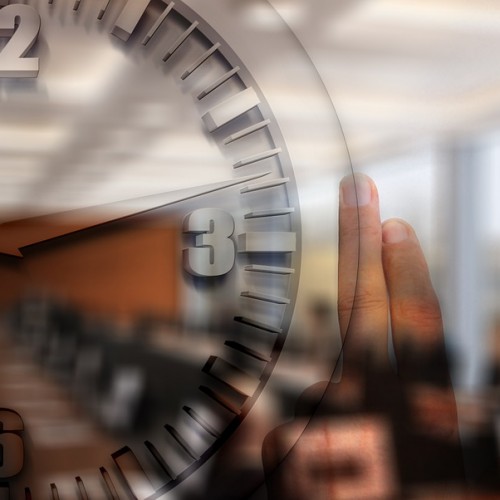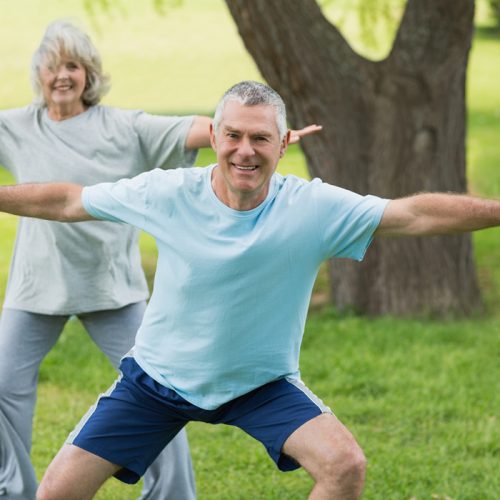Technology Innovations that Improve Quality of Life for Senior Citizens
Amidst all the challenges that senior citizens face, living independently, managing health, and maintaining social connections are perhaps their most important priorities. Nowadays, many tech companies are focused on developing platforms, apps, sites, and devices specifically meant to assist senior citizens, adding value to everyday life.
While it is also true that tech adoption data shows that senior citizens lag behind other demographics, the numbers are growing steadily every year.
Let’s examine some of the technology innovations that improve the quality of life of the aging population.
Social Media
Some of the most common problems experienced by the aging population are social isolation, loneliness, and consequent depression. More and more senior citizens, especially those living on their own or in senior care facilities are taking to social media to remain in regular touch with their families and friends. They’re realizing the many benefits of linking up and reading about their loved ones. So much so, they use their phones less for calling, more for accessing Facebook, Twitter, YouTube etc.
Life’s better when people are connected. It’s a crucial element for staying happy and healthy.
GPS Technology
Memory loss, dementia, and associated wandering behavior are the most common problems that senior citizens face. Some seniors may be prone to epileptic seizures or episodes of passing out when sugar level dips. All such events add confusion to their lives and may lead to unsafe situations.
Location and elderly GPS tracking are a good option to reduce the impact of such events and keep the elderly safe. GPS technology allows setting of safe zones for users. Family or caregivers are alerted on the senior’s location, should they cross the set comfort zone.
There are various types of GPS trackers available in the market. Some trackers come as devices that can be worn on the wrist, put inside shoes, or on one’s clothes. The GPS Smart Sole option involves putting satellite monitoring in a sole, which is then placed in the shoe to provide real-time tracking information of the user.
There are also GPS apps that can be downloaded on smartphones. These trackers are not very invasive and can be easily implemented into the livers of elderly.
Health Tracking Devices and Apps
Very often, senior citizens forget to take their medicines on time, get regular health tests done, or forget to exercise. They may also miss notifications from drug manufacturers about a drug’s potential reaction or even product recall. These may lead to health problems and unnecessary complications.
There are a variety of health tracking wearable devices and apps available in the market, which make people aware of their everyday activities and lead more active lives.
Wearable devices such as the Fitbit, for instance, tracks steps taken, stairs climbed, distance travelled, calories burned, activity level, and sleep quality. Some devices also allow people to track their weight, body fat percentage, and BMI over time.
There are a host of health tracking apps available for download on mobile phones, tabs, and computers. The elderly can use these apps to track their weight, diet, time spent exercising, blood pressure, and sleep patterns daily. Not only this, they can also set reminders for medication, track nutritional needs, and even send their doctors a log of medications taken. Electronic data is also easier to save and share with multiple healthcare providers.
Home Assistive Devices
As people age, they may suffer from mild cognitive and motor impairment. To enable senior citizens to remain independent and safe, there are many assistive technology based devices that have been designed keeping their troubles and day-to-day lives in mind. These devices can help with house work, safety and security, leisure activities, dressing, and drug management
Some of the home assistive devices include:
- LED lighting
- Adaptive switches
- Telephone amplifiers
- Medication dispensing machines
- Photo-enhanced phone dialers
- Stove shut-off systems
- Device that shuts off sinks and bathtubs and prevents overflowing
- Powered wheelchairs, wheelchair lifts and stair elevators
- Wireless home monitoring
- These devices use the latest technologies and are fairly easy to use.

This change presents both a challenge and an enormous opportunity for tech professionals.
– Rashi Kapur : https://www.linkedin.com/in/rashikaps
About author
You might also like
Enterprise Architecture Certification
Why it is important?
A primer on Speech to Text technology
You can use your voice to control your computer. You can utter commands that the computer will respond to using the speech to text functionality.
Listen to VP of Data Analytics & IOT, Beena Ammanath on Techidesi
On 10-29-16, we had Beena Ammanath in Techidesi. Beena is currently a VP in GE managing Data, analytics, datascience, IOT, machine learning and AI. Apart from the tech trends, we








0 Comments
No Comments Yet!
You can be first to comment this post!